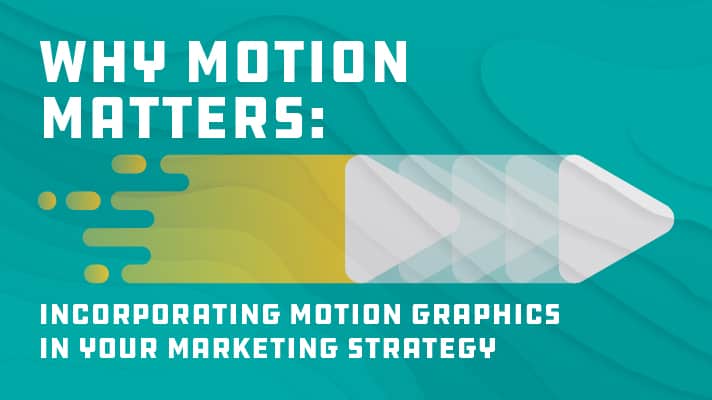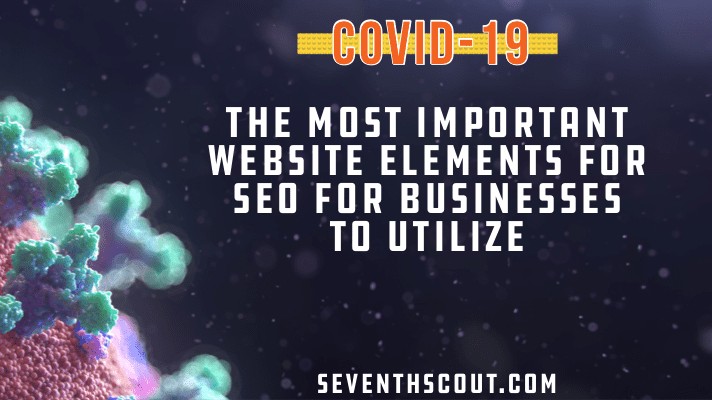Let’s start at the front… end that is.
Front-end development refers to the visual aspect of websites. Every word, color, image, animation, basically anything visible, is created and manipulated by the front-end.
Front-end developers are also referred to as web designers as they literally design the websites. A job-title of web designer can be pretty broad, however. Someone with the title “web designer” could potentially be using just photoshop for their job, while another web designer could be working on the entirety of a website’s user experience.
There are also a few languages that are commonly used and associated with front-end development; the primary ones being HTML, CSS, and JavaScript. HTML stands for hyper-text markup language, it handles the barebones text, links, and images you see on your page. CSS stands for cascading stylesheets and it handles styling your html and making your page pretty. JavaScript interfaces with the browsers and handles tasks like transferring data to the server and cool animations you see on websites. Anytime you click or move somewhere and your website reacts to what you do, it is usually because of JavaScript.
But what of the back-end?
Back-end development is often referred to as “server-side” development. Back-end developers are more occupied with what the user can’t see, like databases and servers. These are the folks you hear referred to as “programmers.” Back-end development is very important for building dynamic websites, which are simply websites that can constantly load new information and change. Information entered by website visitors is usually stored in a database and it is commonly the job of a back-end developer to write code that communicates from the database to the browser. Back-end can be thought of as handling a lot of the logic behind what is being done by the browser.
And then there’s full-stack
A full-stack developer is simply someone that can handle both the front-end and the back-end aspects of a website. Typically, most developers can do a little bit of both and gravitate more towards one or the other.
So, there you have it
While the lines are often blurred, there is a distinct difference between front-end and back-end development. Knowing the basics makes you more knowledgeable than the person next to you and competent enough to have a conversation with your IT team or third-party technology partner. And that’s what we’re for, to help define, explain, demystify all subject areas surrounding marketing and technology.
Interested in learning more? Stay tuned for future blog posts on technology by following us on our social channels: Facebook, Twitter, and LinkedIn.




